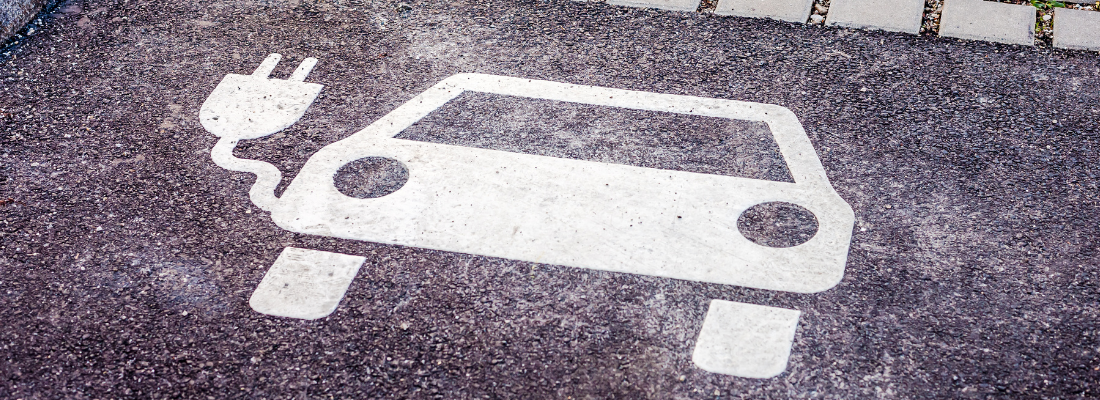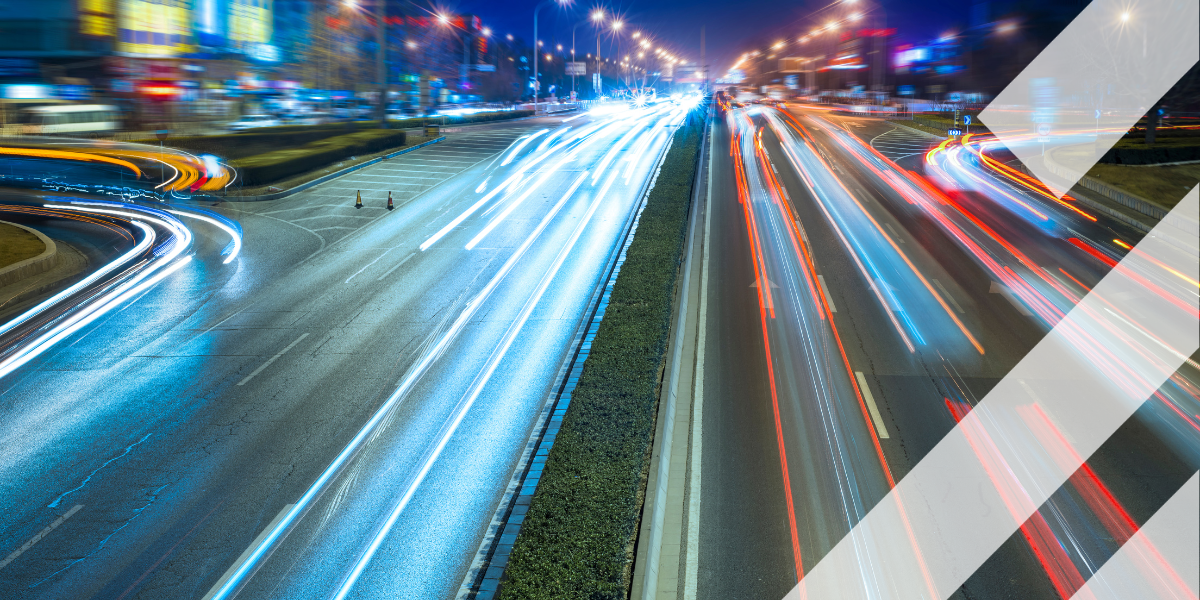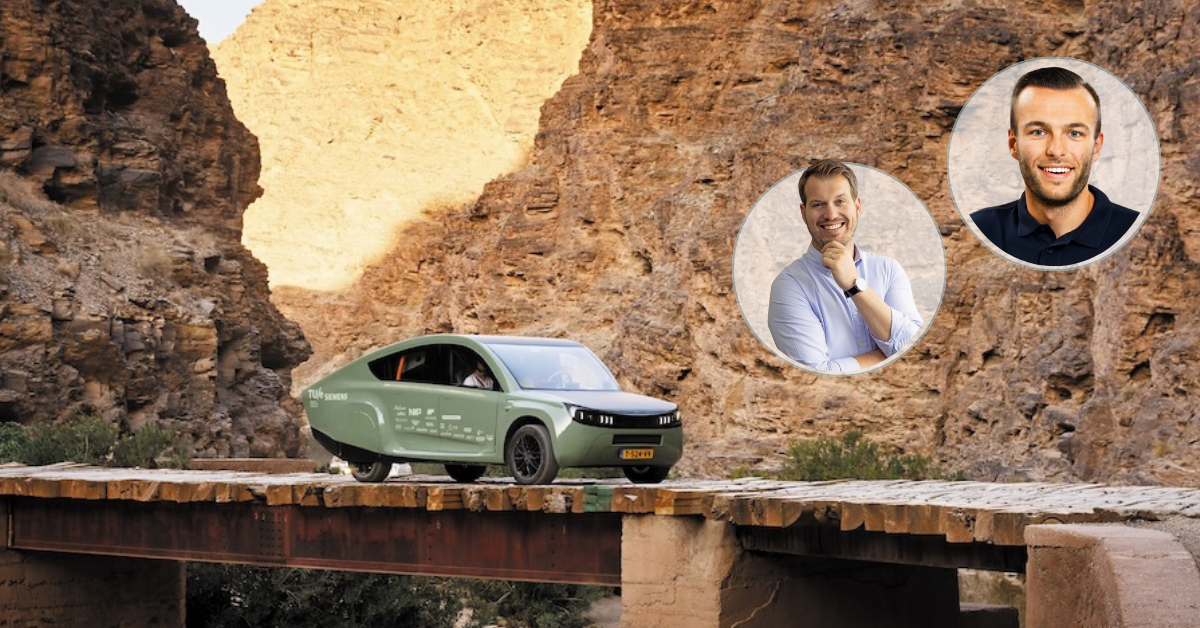Electromobility: The principles
In the second part of our extended feature on Electromobility, we talk to Neil Wallis, Head of Communications Consultant at Zemo, about the principles of electromobility, electric driving and EV ownership. Until earlier this year Zemo were the Low Carbon Vehicle Partnership – the catalyst for the name change was the collective idea that “low” wasn’t enough of a target. The stakes have been raised…
Intertraffic (I): Firstly Neil, what is Zemo’s definition of “electromobility”?
Neil Wallis, Zemo (NW): Electromobility as we see it, is the widespread electrification of road transport, enabling mobility through that electrification. That’s my immediate interpretation of it.
I: Where do you think the electrification of transport is now in turn 2021? Has the last 18 months of COVID-19 delayed its progress or has it, in some ways, inspired a change of thinking?
NW: That’s two questions so let me answer the first one first. I think the electrification of lighter vehicles, cars, vans and some lighter trucks, is unstoppable. It's happening, it's well underway. It's looking in many ways as though it's going to exceed some of the expectations of only a year or two ago. The jury's still out in terms of heavier trucks but there are signs that battery costs, battery weight and efficiency in terms of power delivered is all heading in the right direction.
I: You touched on heavier trucks – what’s the main issue there?
NW: With the heaviest, longest range vehicles it may well need a different solution. Whether that be hydrogen or some kind of catenary system, or an underground wired system of some kind. As for whether COVID has held things back, my sense is that it hasn’t and it’s quite possibly the opposite is true. The recent issues with the availability of petrol has certainly seen a big spike in interest in electric vehicles. As a result of that we've observed that more and more people are looking at EVs and that, of course, may be linked in some ways to COVID and in the UK at least it may be linked to Brexit and other factors. In terms of the pandemic itself, I would say that the UK Government's rhetoric of “build back better” was adapted in the recent Net Zero Strategy to “build back greener” so there’s clearly been a jolt of some kind. It has given a kind of a pause for people to say, “hang on, we're facing this crisis now but there's a big one coming down the line”. I think, if anything, it's given a boost to the electrification agenda.
"As for whether COVID has held things back, my sense is that it hasn’t and it’s quite possibly the opposite is true”
I: So what trends have you been tracking over the last couple years?
NW: One of the main things we track are the sales figures of EVs. Our CEO Andy Eastlake’s Twitter feed features regular commentary on the latest figures, and they have been pretty spectacular. We are looking at cars with plugs attached accounting for over 15% of new car sales in September – the best month on record for EVs but in fairness it's been over 10% for most of the year. Norway is at something like 80% of all new car sales level, but it’s increasing rapidly and all the surveys that we that we see suggest that more and more people are saying that their next car will have a plug and many are going for the ‘full fat’ version, not a hybrid.
“We are looking at cars with plugs attached accounting for over 15% of new car sales in September – the best month on record for EVs”
I: So what are the barriers that were preventing people from purchasing electric vehicles, say three years ago? Are those barriers still relevant?
NW: There are certainly still barriers but they are coming down. Some of the latest vehicles are offering ranges of around 300 miles (480 km). For the vast majority of users that is very adequate. I think the big challenges are for people who don't have off street parking. There's a lot to be done in terms of infrastructure for terraced streets. We've made a lot of progress in terms of rapid charging on motorways, but there's still more to do. It's perfectly feasible with a bit of planning to get anywhere now in a electric vehicle. There's a lot of work being done on things like interoperability, big investments being made in charging infrastructure.
“Some of the latest vehicles are offering ranges of around 300 miles (480 km). For the vast majority of users that is very adequate”
I: In terms of innovation, what technology breakthroughs are exciting you at the moment?
NW: There's a lot of innovation going on in the charging space. There's companies like Connected Kerb and Trojan Energy that we've had dealings with that basically insert a socket in the pavement and you'd have people carry a small little lance that fits into the socket in the pavement so it's invisible when nobody's charging. There's no impact on the street other than a small socket. There are also companies involved in lamppost recharging. I’ve used them quite often myself but they have their own challenges with dropped kerbs where you find yourself parking in front of someone’s driveway but they work. However, there's a whole layer of people who don't have cars and don't intend to get cars so their mobility needs have to be enabled as well.
“There's a whole layer of people who don't have cars and don't intend to get cars so their mobility needs to be enabled as well”
I: Do you think shared electromobility, perhaps from a shared mobility hub, is a good entry point for people to get into the whole idea of electrifying their transport options?
NW: Yes absolutely, and there's different ways into that – different entry points. Uber have made big commitments to electrify all their vehicles, for example. But, yes, in terms of electric hubs there must be prospects for these to be both very valuable and commercially viable. I was interested to see in the UK Government's Net Zero Strategy that despite the Prime Minister in his foreword saying we can just carry on as usual, there's actually quite a lot in the document that implies quite a lot of behavior changes. One of those was a commitment that average passenger usership per vehicle will increase. To me this would imply support for shared transport modes, things like mobility hubs.
“There has to be more discussion and more emphasis on shared mobility, on using the assets that we have much more effectively so that we're not all driving around in our own single, oversized metal canisters”
I: Over the next couple of years is there something that you think is going to really take off, technology-wise? Not literally!
NW: There are lots of discussions about different battery technology – solid-state batteries, for example, which could be transformational. There has to be more discussion and more emphasis on shared mobility, on using the assets that we have much more effectively so that we're not all driving around in our own single, oversized metal canisters. I think we're going to need to look at some kind of road pricing. Whether we call it that, or whether we find a better name that doesn't have so much historic baggage is another matter. Another topic to consider is whether or not we need some kind of further taxation on EVs as they become more and more mainstream, there's a danger that because they're actually that much cheaper to run that we could end up in a situation where we've got a lot more EVs doing a lot more miles with all the congestion impacts. In addition, EVs themselves are not carbon free, there's still a lot of carbon associated with an EV so we need to look at ways of not getting into a situation where we've got more EVs driving further just because it's cheaper to do so.

Share your story
Do you have an innovation, research results or an other interesting topic you would like to share with the professionals in the infrastructure, traffic management, safety, smart mobility and parking industry? The Intertraffic website and social media channels are a great platform to showcase your stories!
Please contact our Sr Brand Marketing Manager Carola Jansen-Young.
Are you an Intertraffic exhibitor?
Make sure you add your latest press releases to your Company Profile in the Exhibitor Portal for free exposure.








